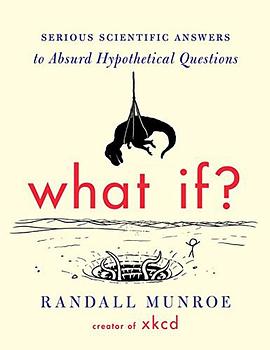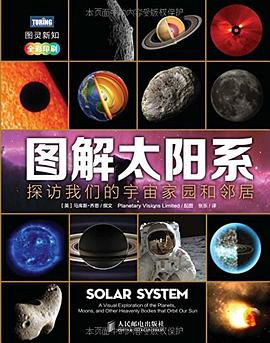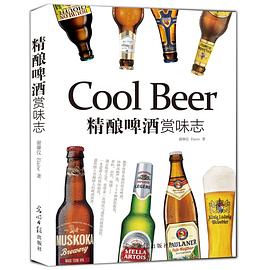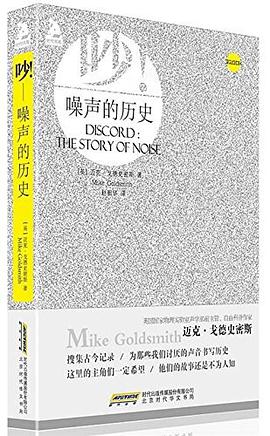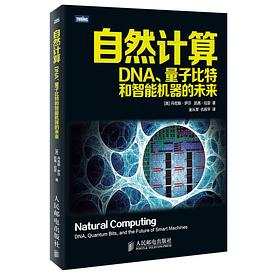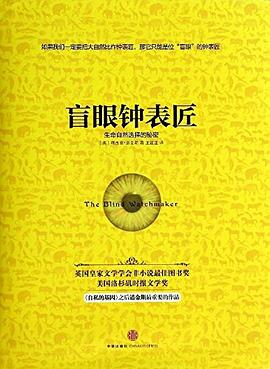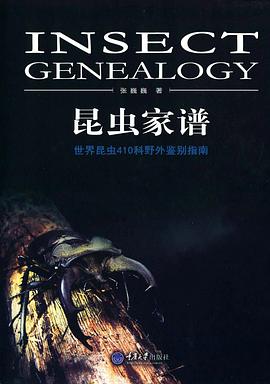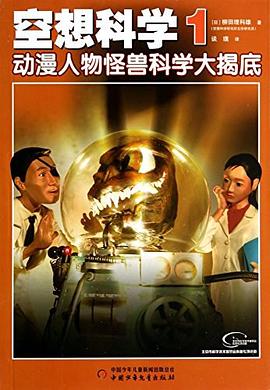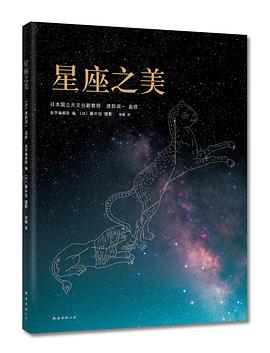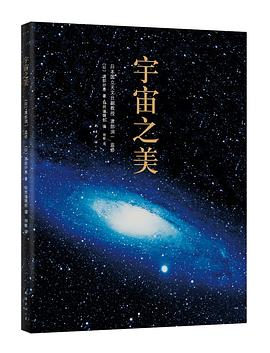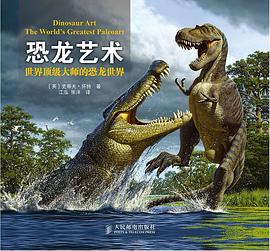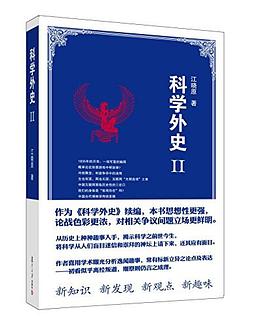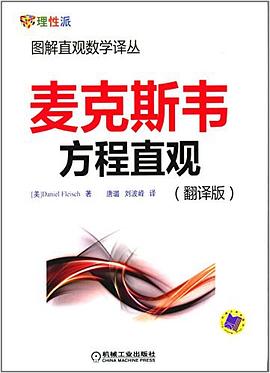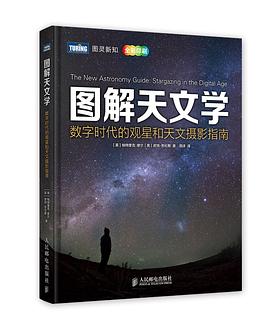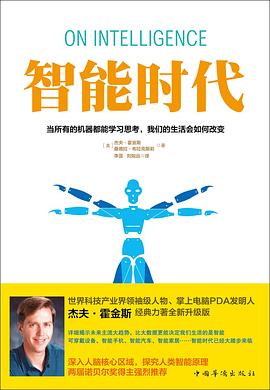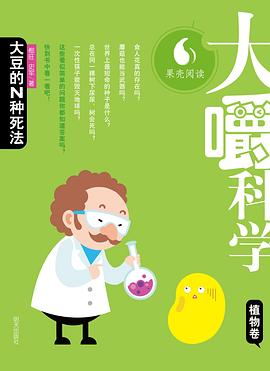

具体描述
From the New York Times–bestselling author of Where Good Ideas Come From and Everything Bad Is Good for You, a new look at the power and legacy of great ideas.
In this illustrated volume, Steven Johnson explores the history of innovation over centuries, tracing facets of modern life (refrigeration, clocks, and eyeglass lenses, to name a few) from their creation by hobbyists, amateurs, and entrepreneurs to their unintended historical consequences. Filled with surprising stories of accidental genius and brilliant mistakes—from the French publisher who invented the phonograph before Edison but forgot to include playback, to the Hollywood movie star who helped invent the technology behind Wi-Fi and Bluetooth—How We Got to Now investigates the secret history behind the everyday objects of contemporary life.
In his trademark style, Johnson examines unexpected connections between seemingly unrelated fields: how the invention of air-conditioning enabled the largest migration of human beings in the history of the species—to cities such as Dubai or Phoenix, which would otherwise be virtually uninhabitable; how pendulum clocks helped trigger the industrial revolution; and how clean water made it possible to manufacture computer chips. Accompanied by a major six-part television series on PBS, How We Got to Now is the story of collaborative networks building the modern world, written in the provocative, informative, and engaging style that has earned Johnson fans around the globe.
作者简介
Steven Johnson is the author of the bestsellers Where Good Ideas Come From, The Invention of Air, The Ghost Map, Everything Bad Is Good for You, Mind Wide Open, Emergence, and Interface Culture, and is the editor of the anthology The Innovator’s Cookbook. He is the founder of a variety of influential websites and writes for Time, Wired, The New York Times, and The Wall Street Journal. Johnson lives in Marin County, California, with his wife and three sons.
目录信息
读后感
这本书谈及六项创新—-玻璃、寒冷、声音、清洁、时间以及光。才看了两章就迫不及待的想要为它打call,非常开拓思路的脑力风暴书籍。 第一章 玻璃。他并未简单的讲述玻璃诞生的故事,而是借助物理元素讨论历史变革。硅,地壳的90%都由它构成,相比碳、氧、氢,它很容易就被我们...
评分生活中当今世界,我们对很多东西都习以为常,玻璃、冰箱、空调、电灯、音乐、自来水,我们并不知道这些发明背后的故事,很多发明是经历上千年才在近几百年陆续发明。技术的发明不仅仅改变了我们的生活,也在极大程度上改变了整个社会、文化,技术所引领的社会变化并不明显,因...
评分 评分用户评价
科普类读物,把各种发明串在一起讲,相当有趣。不过标题的意思不叫6个发明,应该是6大类发明。
评分这种书特别适合做饭的时候听,做完吃完洗完,两个小时过去了,书也听了四分之一。
评分很好的历史书,比评价历史人物有意思多了。
评分we take things for granted, which decades ago we never assume that's possible. Or even when I was little, I just dreamed to have Cocas filled in my fridge and I can have a shot whenever I want, but now I am far from liking drinking Cocas. Things have changed and are changing, but we still need to cherish the internal engines and people.
评分这是一本值得反复阅读的书,点子有趣,作者文笔也十分好~
相关图书
本站所有内容均为互联网搜索引擎提供的公开搜索信息,本站不存储任何数据与内容,任何内容与数据均与本站无关,如有需要请联系相关搜索引擎包括但不限于百度,google,bing,sogou 等
© 2025 book.quotespace.org All Rights Reserved. 小美书屋 版权所有

